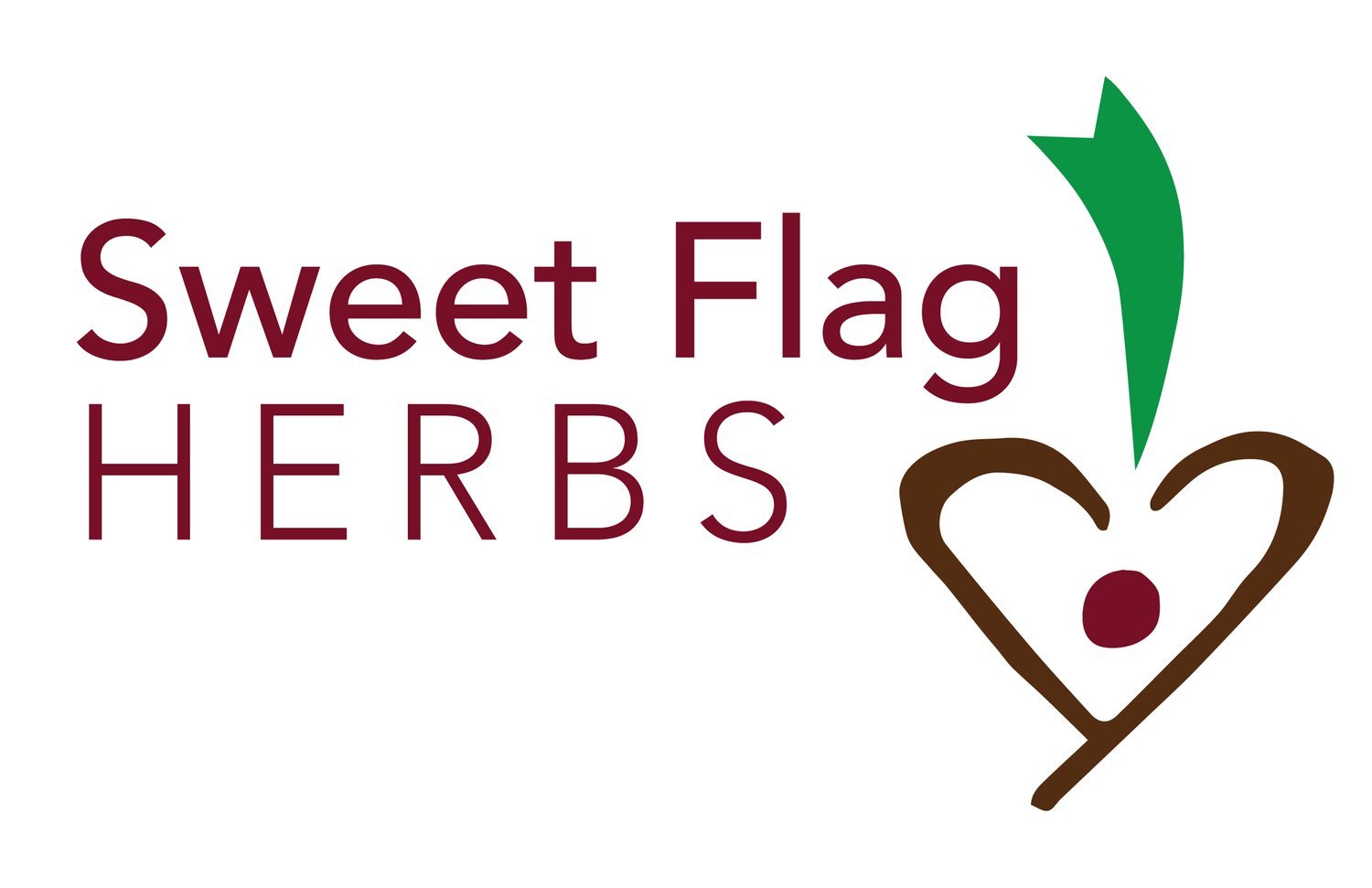Pests & Diseases: Support & Discussion
Before waging war on whoever is nibbling your herbs, please consider:
Insect nibbling on native plants is often a cause for celebration!
We grow native plants to support local wildlife (at least in part). This might look like some holes and “creative reshaping” of a few leaves.
To feel like a hero for permitting light munching in your garden, revisit the Why Native Plants? page.
When to take action:
A little nibbling on a healthy, large/mature perennial is no problem. The plant can handle it, and we can still utilize it as an herb. There’s no need to take action.
Plants are most vulnerable when they are small seedlings. A few nibbles can eliminate the entire plant. If we lose our seedlings and can’t expand our native garden, that does no one any favors.
Perennials are most vulnerable when their tender, new leaves unfurl in springtime. An established plant will push new growth if its first flush of leaves gets eaten. But at some point, they need to leaf out.
When I protect plants enough to grow past this stage, I can usually leave them to fend for themselves for the rest of the year.
Common Pests & Diseases:
-
Description text goes here
-
Description text goes here
-
How can you tell it’s slugs/snails?
I find slugs and snails in my garden in early morning and the evening. They like moisture and avoid the heat of the day. Their munching takes pieces out of the leaves, with a smooth edge.
What’s worked for me?
Container placement: I’ve learned to avoid leaving seedling containers on the grass, because slugs crawl in through the holes in the bottom and hang out inside. They will also crawl up the side of plastic containers at night.
Cheap beer: For the first three seasons on our wet, heavy clay property, we placed cat food cans full of the cheapest beer around our gardens. We caught lots and lots of slugs, and it seemed worthwhile. For this to work, cans must be a maximum of three feet apart. Change beer regularly (it’s a bit of a commitment).
Sluggo: Our friends at Fruition Seeds use this organic pest control product in their fields. After talking to them, we finally treated ourselves to a 10-pound container. We tracked that package like hawks. Worth every penny.
Sluggo kills slugs and snails by giving them a dose of iron that’s higher than their bodies can handle. We don’t want to overload our beds with this nutrient, so we follow package instructions. We plan to only use it in spring when plants are small and vulnerable.
*Sluggo doesn’t disclose its other ingredients, but Petra and Matthew at Fruition let us know that wheat germ is added as slug bait. If you are highly sensitive to wheat/gluten, you may prefer a wheat-free beer option.
Need further support? Having a pest/disease issue that’s not on the list?
Leave a comment below!
I (Sarah) will chime in, and fellow students can share their experiences as well.
